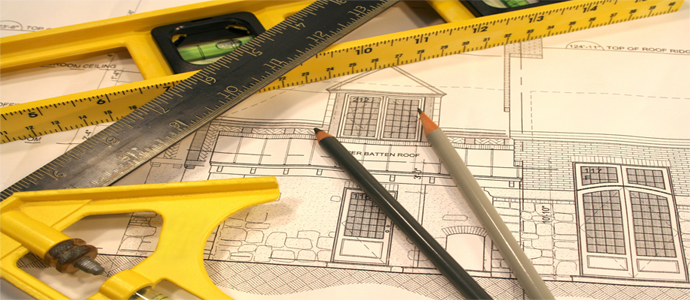Today’s home buyers are often young parents, trying to find enough hours in the day to meet all their commitments. Many are responding to this challenge by having live-in help to assist with childcare and household chores…and that means needing an in-law suite. In some cases, you may be one of the fortunate home buyers who find caregiver accommodations ready-made in your new home. Other homeowners may go with the DIY approach. Here are some helpful hints to keep in mind when planning your space.
Determine the Lifespan of this Need
An effective in-law suite will be appealing to your caregiver, while at the same time giving you some privacy. The challenge is to do that without putting too much strain on your pocketbook. A good benchmark to help you determine what improvements are worth doing is to measure the cost against the expected lifespan of the expense. For example, putting in a 4-pc bathroom can be costly, and may not be worth doing if you only see it being needed for three or four years until the kids go off to school. In a case like that, rather than adding a full bath, you might consider a compromise of adding a sink and counter to a bed-sitting room, that could later evolve into a den with a wet bar.
Remember Resale Value
On the other hand, if you can see the caregiver’s space being used long-term as a permanent in-law suite or used as additional living space as your family grows, then you’ll probably feel the cost is well worth it. Remember too, the number of bathrooms is an important factor when determining the resale value of your home. If you do it right, you have an excellent chance of re-couping some, if not all, of the expense when the time comes to sell. Your Coldwell Banker sales representative will be glad to advise you on how such improvements may impact a home’s future value.
Decorating Tips
Privacy and space are important issues with an in-law suite. Your caregiver will probably appreciate a lock on the bedroom door, or at least a cabinet that can be locked. As for decorating, keep it simple. Light colors, mirrors and recessed lighting will all help make a small space seem larger. Keep it bright with extra task lighting, including a reading lamp. Choose inexpensive window treatments such as mini-blinds that let in lots of light, but still allow for privacy. Add a large framed cork board for photos, notes and other mementos which will allow your live-in help to personalize their space without it looking cluttered. Include a writing area, either a small table or desk with a lamp and chair.
Plan your room layout in advance, and don’t forget to take wiring and other facilities into consideration before you start painting. For example, you may want to install a cable TV or internet outlet or add a phone jack, or a baseboard heater.
A little planning can help make your space a pleasure for years to come.





